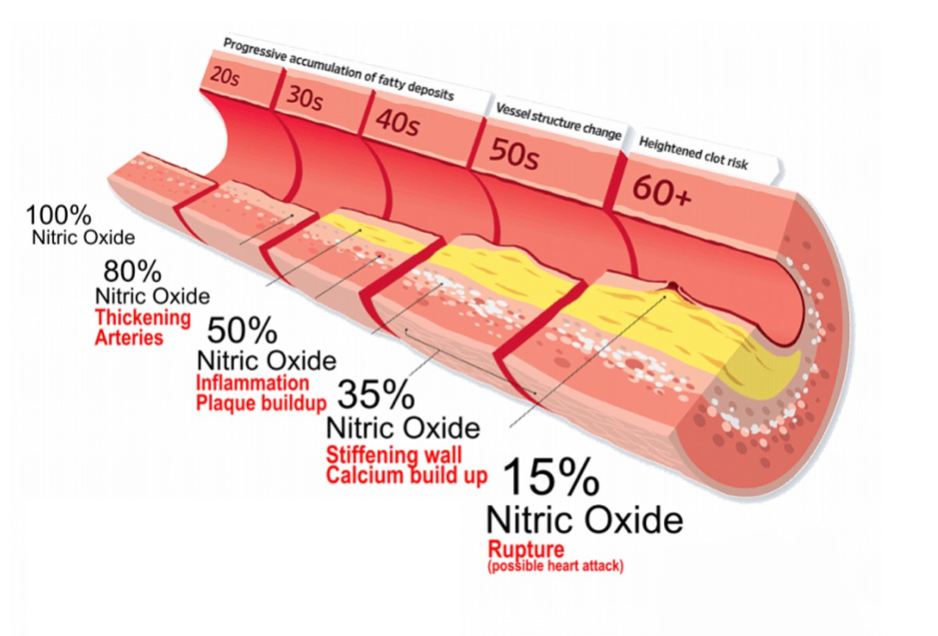Our Mission
- Jimmy Song
- Oct 18, 2022
- 2 min read
Updated: Sep 16, 2024
Right now the healthcare system is broken.
There is a major gap in cardiovascular healthcare today, namely screening at the early stages of cardiovascular disease (CVD). Most cases of CVD don't get caught until the patient has reached the chronic and interventional stages, which are significantly more expensive to care for and generally result in worse outcomes.
The tools and approaches currently used to assess and diagnose cardiovascular disease are expensive, inaccessible, and, in certain cases, quite radioactive.
Cardiovascular disease is the biggest killer in the world today, accounting for 32% of deaths annually, or over 18 million lives.
The way cardiovascular disease is initially screened for today is antiquated, utilizing generic questionnaires like the Framingham Risk Score which require static responses that do not adapt over time. Additionally, further screening tests taken, such as blood pressure or blood cholesterol, do not measure the actual underlying causes of cardiovascular disease and acute events. At best, they are a rough proxy. Thus, many people who actually suffer heart attacks or strokes never display high blood pressure or cholesterol. They are the many who are "symptomless".

Typical doctor's office where standard vital signs are measured
CT scans and angiograms, the gold standard, are highly radioactive, and thus can be done only once every 5 to 10 years. However, in most cases, preventive CT scans are not done since they are very expensive, and thus most insurers and public payors don't offer them preventatively – only once someone is at extremely high risk or has already suffered a major adverse event.

CT angiogram to assess coronary artery health
By the time a CT scan is done, it may be too late. The disease may have progressed to such an advanced stage that only a major intervention could save the patient's life, i.e. coronary artery bypass surgery. And, in many cases, if a cardiac event or stroke has already occurred and the patient survives, it can cause permanent, life-altering damage, resulting in heart muscle damage, arrhythmia, loss of motor skills and cognitive impairment.
Our aim is to improve early stage screening and monitoring of CVD to improve patient outcomes while also reducing the financial burden on patients AND insurers – whether public or private.
We focus on making cardiovascular care more affordable, accessible, and proactive. This starts with more effectively measuring CVD risk at the earliest stages, and then identifying the lifestyle habits that contribute the most to CVD development. We put great emphasis on motivating users to change certain habits to reverse and improve their CV health, which they can track continuously in real-time. This approach can also still be taken by those who may have already suffered a major adverse event.
By making it easier to track underlying cardiovascular health, using biomarkers that more effectively measure risk, we aim to get patients and users more engaged in and to take more control of their own health and well-being – relying less on a convoluted, bureaucratic and expensive system that doesn't always make sense. We want to make access more affordable and effective for the millions of people that can't always access the care they need when they need it.



This is such a powerful vision — and it really resonates. As someone who's worked on healthcare tools for last-mile disease tracking in underserved regions, I’ve seen firsthand how early detection can be life-saving. Making cardiovascular care proactive and accessible isn't just innovation — it’s impact. Would be incredible to contribute to this mission.